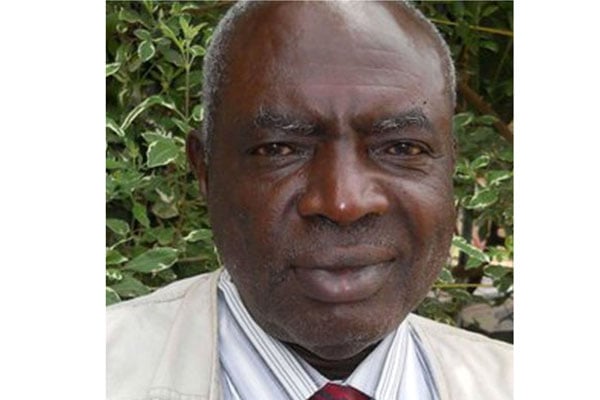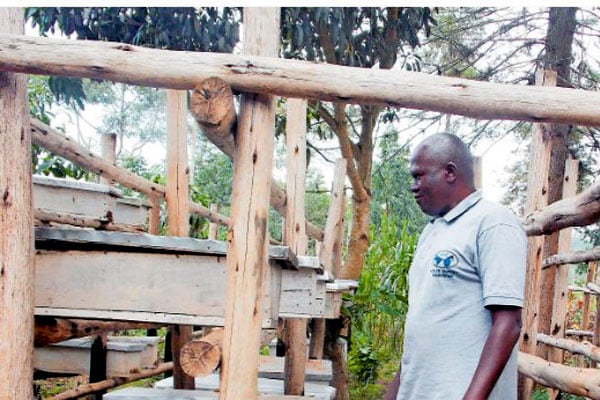Prime
Mind your body language during a job interview

It was the first time Ann Mary Namakula, a social worker was going for a job interview after graduation. All the people leaving the interview room looked disappointed. It was her turn to get in.
“The seat I was given was not protected and yet I wanted to cross my legs. From the facial expressions of the previous interviewees, I lost all confidence even before I started speaking. I did not know what to do with my hands. I think it was the reason I was not given the job,” Namakula recalls.
One of the most important factors during an interview is your nonverbal communication. It includes posture, body language and eye contact. Appropriate eye contact speaks confidence and self-esteem which are important assets in any good employee.
Right from the handshake extended to you as you get into the interview room, how you make use of the seat you are offered, how you look at the panel, the movements you make during the session.
Body language has a big impact on the way you are perceived by the interview panel. Fidgeting for instance, makes you look nervous and weak. Try, therefore, to keep your movements smooth and avoid fidgeting. Keep your posture open at all times.
Shake hands
You should always start an interview by shaking hands with your interviewer. You are far more likely to be remembered if you do, and your interviewer will react by being friendlier and more open.
In subsequent interviews, Namakula learnt that a firm handshake demonstrates confidence, creates a bond, and becomes more memorable to your interviewer.
She advises that when your interviewer invites you to sit, ease into it and not plop yourself into the chair. It shows that you are nervous or careless.
Sit up straight
In the interview room, the recommended posture is to sit up straight with the back and the chest up according to Patrick Ngolobe, the human resource manager at UMEME Uganda Ltd. This enables you to breathe well and project your speech properly which would otherwise compromise your speech to turn out shaky.
Sitting up straight is seen as a sign of intelligence, confidence and credibility. Lean in slightly from time to time to show your interviewer that you are engaged in the discussion.
“If you lean back in the chair, the panel interpretes it as a sign of disinterest or that you are not taking the interview seriously.
Slumping over in the chair can indicate lack of confidence,” he says.
Rest your hands
Crossed arms at the chest may suggest a closed and defensive position according to Ngolobe. It is therefore important that before you go for the interview, practice sitting in such a way that your hands are comfortably rested on your lap, or one on the arm of the chair and the other one in your lap.
This will help hide the fact that you are shivering. If you decide to put your arms and hands on the table before you, then gently lean over to your conversation partners to show that you are attentive.
He says, “Your hands should not be stuffed in your pockets or wildly gesturing halfway across the table. If you are the type that uses hand gestures try to limit their movement or else you will mistakenly point at your interviewer which will make you look disrespectful.”
Maintain eye contact
The first thing people will try to decide about you when they meet you is if they can trust you. Maintaining good eye contact is an effective way to convey you are trustworthy.
Look your interviewer in the eye while shaking their hand and maintain eye contact throughout the interview but not overly persistent. If that fails, at least look at the forehead of each interviewer in the panel at their turn.
“Constant eye contact is considered to be an attempt at intimidation and can make the interviewer feel anxious, so try to look away if you feel you are staring at them for too long,” Namakula says.
She suggests that, “If you have more than one person interviewing you at once, make sure you briefly address both people with your gaze and return your attention to the person who has asked you a question.”
Arms and legs uncrossed
If the seat you were offered is not protected and your legs remain visible, do not cross your legs. Crossing your arms and legs makes you appear defensive, guarded or disrespectful. You can only cross the feet to help reduce tension during the interview and limit the movement of your legs.
Mirror them
Your default position should be to sit up straight, align your body to that of the interviewer’s to mirror him or her to show your interest.
Nodding demonstrates your interest in the conversation and your agreeability, and it also expresses that you understand what someone is saying. Some people naturally nod while listening to a conversation, but if you are not the type, be conscious of opportunities to nod and do not overdo it. A genuine smile is contagious and can immediately create a more positive environment.




